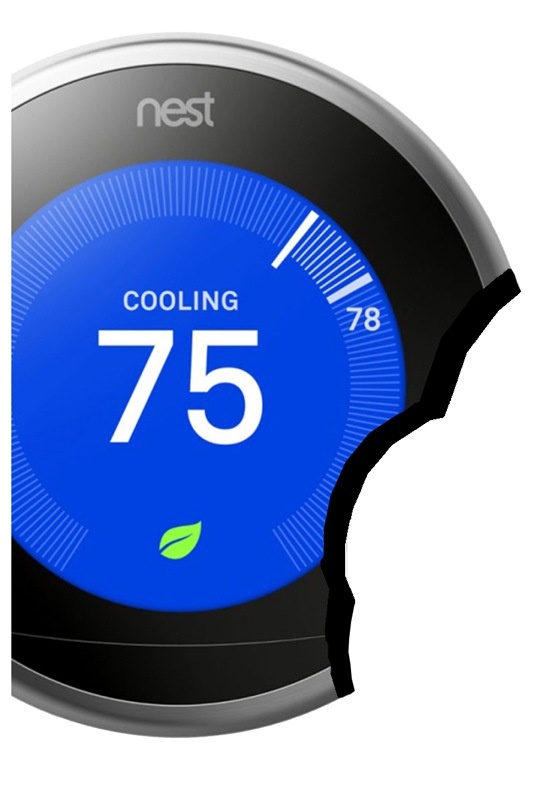Texas summers are hot, and this past summer was no exception. And during the heat of the summer, it may seem that our air conditioners stay on all day. Actually, they very nearly do when the temperature rises to triple digits.
It’s not just air conditioners that run all day. Everyone across the state demands more electricity to keep comfortable as the heat outside rises. As demand rises, the price of that cool air rises right along with it since additional peaker plants are brought on line to cover it. The wholesale market cost of electricity during those hottest hours of the year can be 10, 20, or even 50 times more expensive than the average cost during the rest of the year. This higher demand can also put stress on the grid, leading to transmission congestion that also raises prices.
What is Demand Response?
So what can be done to offset the dramatic cost increases during the peak demand times of the summer months? There are a variety of solutions, such as purchasing more efficient appliances that give the same performance with less power usage, or raising the set point on our thermostats.
As efficient as these methods are, they are only as efficient as the consumers who utilize them. So far, they can’t be set to automatically recognize the times when energy is most expensive. This is where the concept of “demand response” comes into play. Demand response is when electric power companies reduce or shed electric demand during peak usage periods to avoid elevated prices. Large manufacturers and other industrial companies that have the necessary resources to anticipate and react to peak pricing periods have been participating in demand response strategies for years.
But demand response has traditionally been out of reach for typical homeowners who can’t realistically commit the time and attention needed to monitor the Texas energy market, and then adjust their energy usage accordingly. On top of that, traditional residential rate structures had previously not been designed to allow for time-of-use pricing. However, United recently brought demand response to its residential members and is sharing the savings in wholesale energy costs with those who are willing to shift their energy usage patterns.
Rush Hour Rewards
This summer, United teamed-up with the makers of the Nest thermostat to bring United members the Rush Hour Rewards (RHR) program. RHR is a residential demand response program that utilizes the intelligence and web connectivity of the Nest thermostat to achieve coordinated demand response among a considerable number of member homes.
United monitors the energy market for peak conditions; and then signals the thermostats in participating member homes to pre-cool the residences in advance of peak periods, when the temperature settings are automatically set higher for a short period of time.
As an incentive for member participation, United offered a $15 bill credit per thermostat for each of the four peak summer months (June, July, August and September), plus a $50 bonus for members who complete their first year of participation in the program. Those incentives add up to $110-plus in energy savings on electric bills during the first year.
When a rush hour is called, a Nest thermostat will begin a pre-cool period around 3 p.m. After the one hour pre-cooling time, the Nest will intelligently control cooling over the following two hours—keeping members cool while also reducing energy demand from the grid. Members are always in control of the thermostat, so if discomfort is experienced at any time during the rush hour, they can simply adjust the temperature setting on the Nest to override the process.
How To Enroll in Rush Hour Rewards
To participate in the RHR program, members first need to be a residential member and have a Nest thermostat connected to the home’s Wi-Fi network. Members who don’t already own a Nest can purchase one from a variety of retail outlets—some of which advertise the United RHR program along with Nest displays.
In addition, members can also apply for a $50 rebate the cooperative offers toward the purchase of any Wi-Fi enabled thermostat. Once a Nest thermostat is installed and connected, members are ready to sign up. Visit www.united-cs.com/content/nest to enroll. Even without participating in the RHR program, a Nest thermostat can reduce your air conditioner usage by up to 15 percent. This savings, coupled with the incentives for participating in the RHR program can help members recover investment in a new Nest thermostat quickly.
First-Year Results
Year one of Rush Hour Rewards was deemed a great success. On average, participating members reduced their usage during peak periods by 55 percent. The graph at left illustrates the difference the RHR program makes in daily usage. By reducing usage between 4-6 p.m., United saves on power costs, and those savings get passed on to the entire cooperative membership.
Already, 120 members with 164 thermostats have saved thousands in electric costs as a result of their participation in the United RHR program. And United expects to double the participation level next year, and realize even greater savings.
Overall, the RHR program promises to be a great tool in helping United and its members work together to keep electric energy costs down, as well as to share in the benefits of energy savings.


